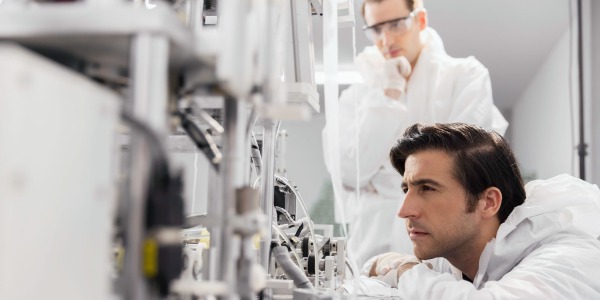Understanding the borderline between medical devices and medicinal products

EU MDCG endorses guidance document
The Medical Device Coordination Group (MDCG) is composed of representatives of Member States and chaired by the EU Commission. The MDCG has endorsed a guidance note on the borderline between medical devices and medicinal products. As with all the MDCG guidance, it cannot be regarded as reflecting the official position of the European Commission, or as being legally binding.
Medical devices are regulated by the Medical Devices Regulation (MDR) whereas medical products are covered by the Directives relating to medicinal products for human use (MPD). Understanding the distinction between the definitions of medical devices and medicinal products is essential for interpretating and enforcing both sets of legislation. Means to distinguish between the two legal frameworks have been laid down in the MDR and MPD. The recent guidance provides further explanations and examples to provide clarification and support the uniform application of the MDR. The guidance was developed by experts from Member States' competent authorities, the Commission services, European Medicines Agency and a wide range of other stakeholders.
In general, a product is regulated either by the MDR or by the MPD but not both. Combination products with elements that are medical devices and medicinal products are regulated based on their principal intended action. Borderline products are those where it is not clear whether they fall under the MDR or the MPD. In order to fall under the MDR, a product has to:
- Meet the definition of a medical device; and,
- Not be excluded from its scope.
The guidance compares and contrasts the definitions of a medical device and a medicinal product. It also looks at the definitions of key terms that are used in distinguishing devices from medicines such as:
- Pharmacological, immunological and metabolic means;
- Specific medical purpose;
- Principal intended action;
- Principal mode of action;
- Medical diagnosis.
The guidance includes a flowchart for determining if a product fulfils the definition of a medical device. The flowchart is based on three questions:
- Is the product intended by the manufacturer to be used (alone or in combination) for human beings for one or more of the specific medical purposes listed in the MDR?
- Is the product a substance or combination of substances used in or administered to human beings to make a medical diagnosis?
- Is the principal intended action of the product achieved by pharmacological, immunological or metabolic means?
The guidance also provides lists of examples of medical devices, accessories to medical devices, medical products, and herbal medicinal products.
The MDR introduces the concept of a ‘substance based medical device’ which:
- Is composed of substances that are permitted in a medical device, and
- Does not achieve its principal intended action by pharmacological, metabolic or immunological means.
The Compliance Navigator blog is issued for information only. It does not constitute an official or agreed position of BSI Standards Ltd or of the BSI Notified Body. The views expressed are entirely those of the authors.

